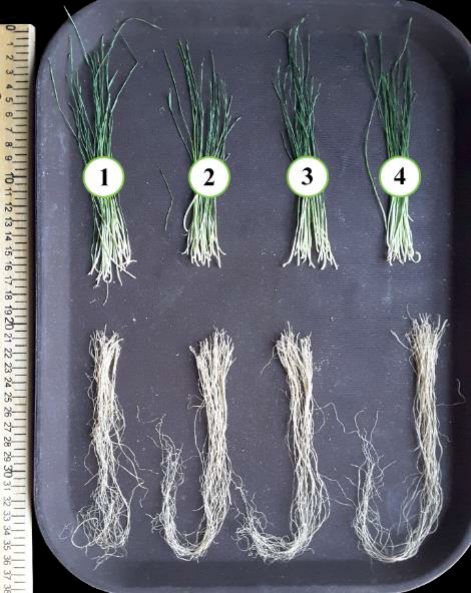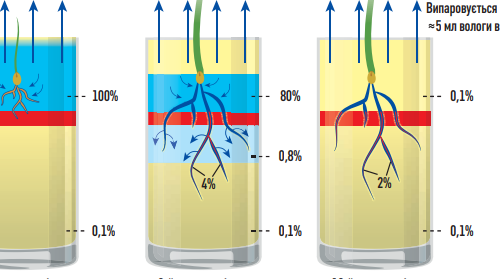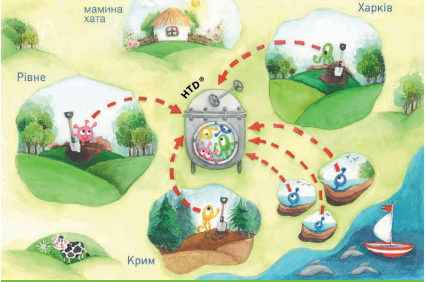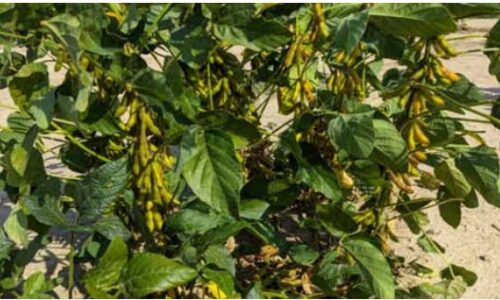- Have any questions? Contact us
- +38 067 742 32 35
- export@biogel.com.ua
Drought control

Winter wheat yield
July 4, 2018
Drought is not a problem!
January 2, 2020It is no secret that a good state of a crops does not always justify farmers’ hopes for a high yield. Drought, late frosts, acid rains harm is directly proportional to the area of the plant top. Screening crops from the outer space using small drones unfortunately does not allow to assess the state of plants, since biomass underground part and the depth of its penetration into the soil increase the chances of survival, especially in the conditions of soil and atmospheric drought.
It is for this reason that after hundreds of laboratory and field trials we have created the BIO-GEL organic product which is an effective natural root-forming and anti-stress agent (http://biogel.com.ua). Plant drought tolerance was determined by the drought tolerance coefficient (we have not found any references to it in literature) K = m1/m2, where m1 and m2 are weight of plant roots and top.
Laboratory experiment. In each experiment variant seeds of the Rosinka winter wheat variety were sown into sterile quartz sand. Seeds germinating capacity was 27-28 plants (out of 30). 25 fully formed plants were selected in each experiment variant and compared. The results of the experiment are given in table 1.
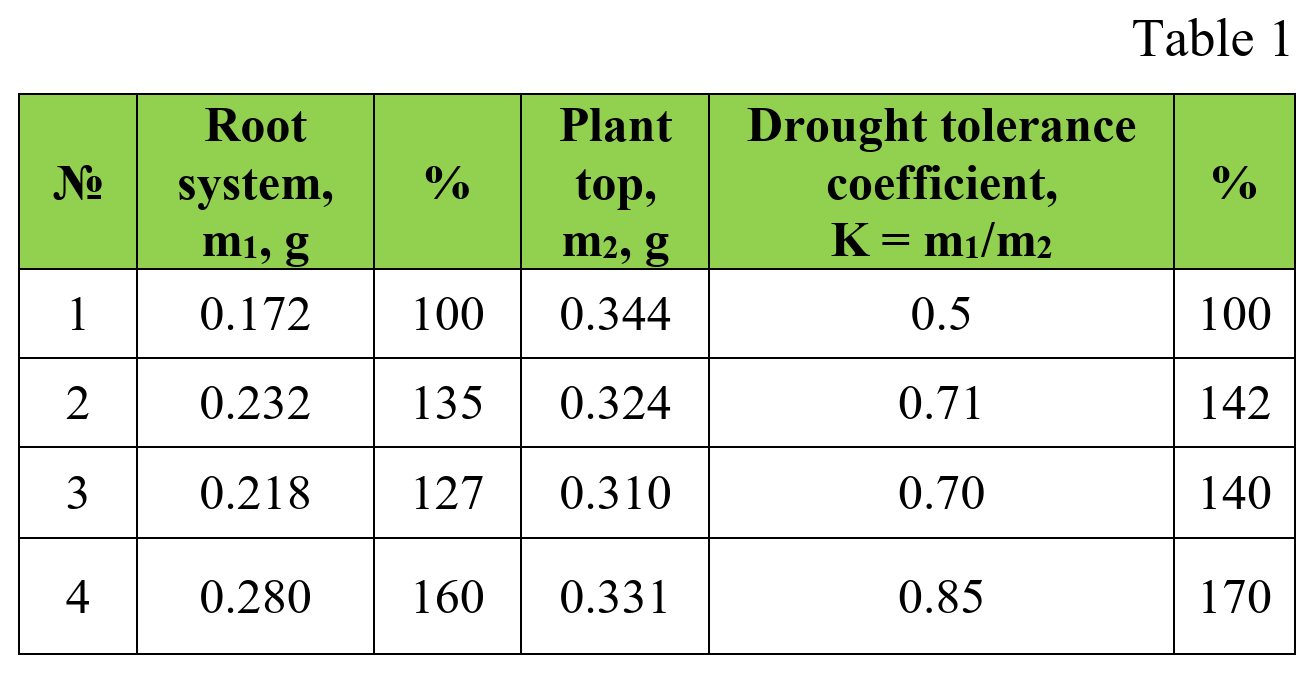
CONCLUSION
1. BIO-GEL product is an efficient root-forming agent, which is conducive to greater plant drought tolerance in extreme conditions.
2. Conventional seed inoculation can be substituted for soil surface spraying with no plowing or disking used. This allows to simplify early spring seed treatment, thus increasing its technological effectiveness, by adding BIO-GEL to the tank mixture, for example, when applying herbicides.
3. There is a cumulative effect of the BIO-GEL use. On treating seeds and spraying soil surface with BIO-GEL the results are 1.5-2 times higher than those obtained after a single product application.
Variant 1: control (water)
Variant 2: seeds inoculation with BIO-GEL at the rate of 2 l/t (10 l of the BIO-GEL 20% solution per 1000 kg of seeds).
Variant 3: spraying soil surface with BIO-GEL solution (2 l/ha) immediately after sowing, water discharge being 200 l/ha.
Variant 4: combination of variants 2 and 3.
